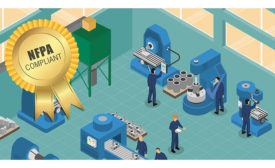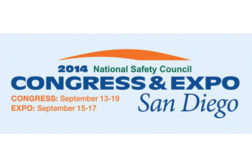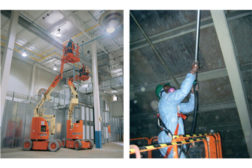Home » Keywords: » safety housekeeping
Items Tagged with 'safety housekeeping'
ARTICLES
Detecting dangerous combustible dust
Know how to measure levels, mitigate risks & comply with standards to avoid explosions
March 8, 2019
NSC 2014 Speaker Q&A with Phil LaDuke
The safety pro is not the janitor
September 10, 2014
Get our new eMagazine delivered to your inbox every month.
Stay in the know on the latest safety trends.
SUBSCRIBE TODAYCopyright ©2024. All Rights Reserved BNP Media.
Design, CMS, Hosting & Web Development :: ePublishing



